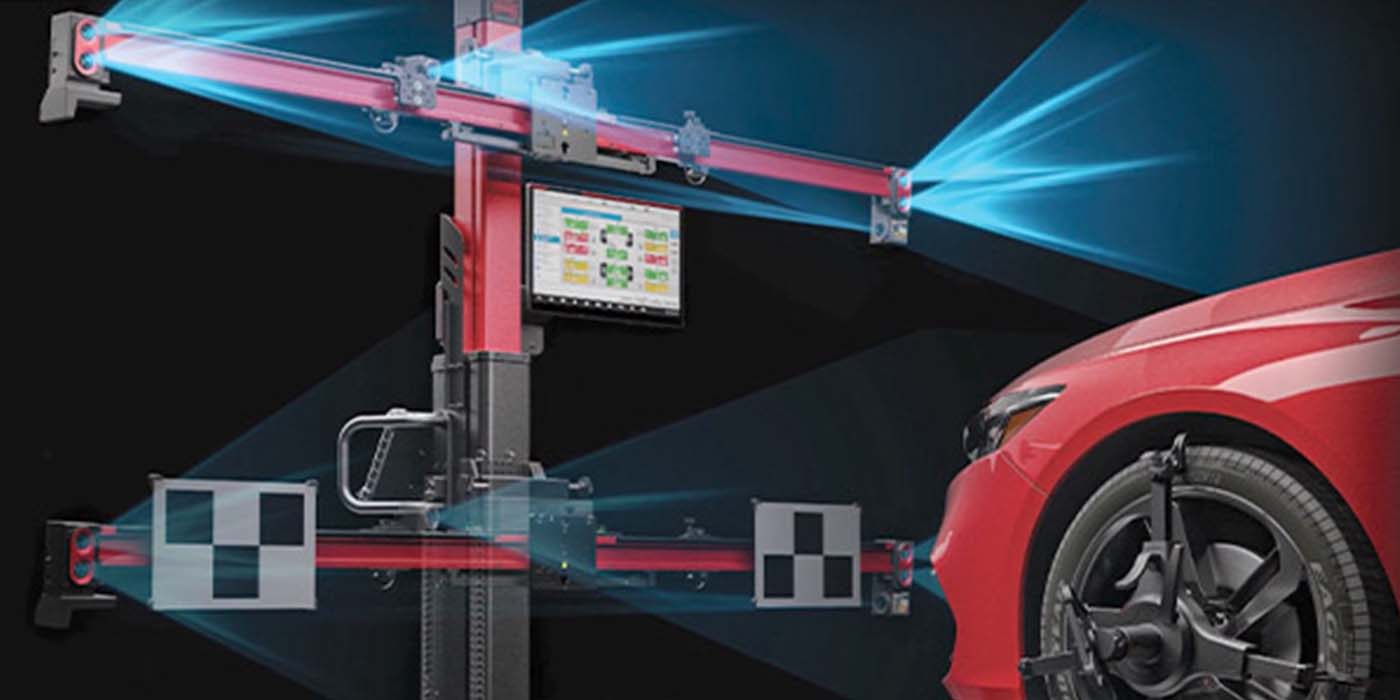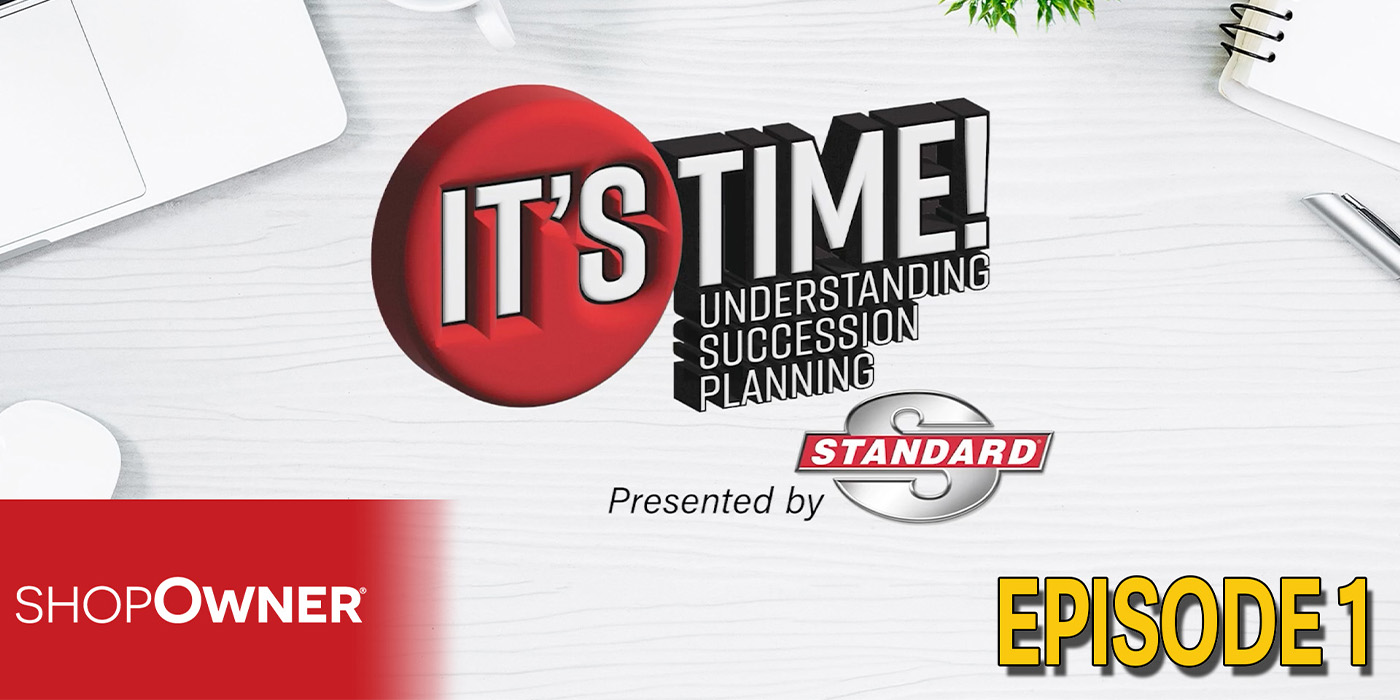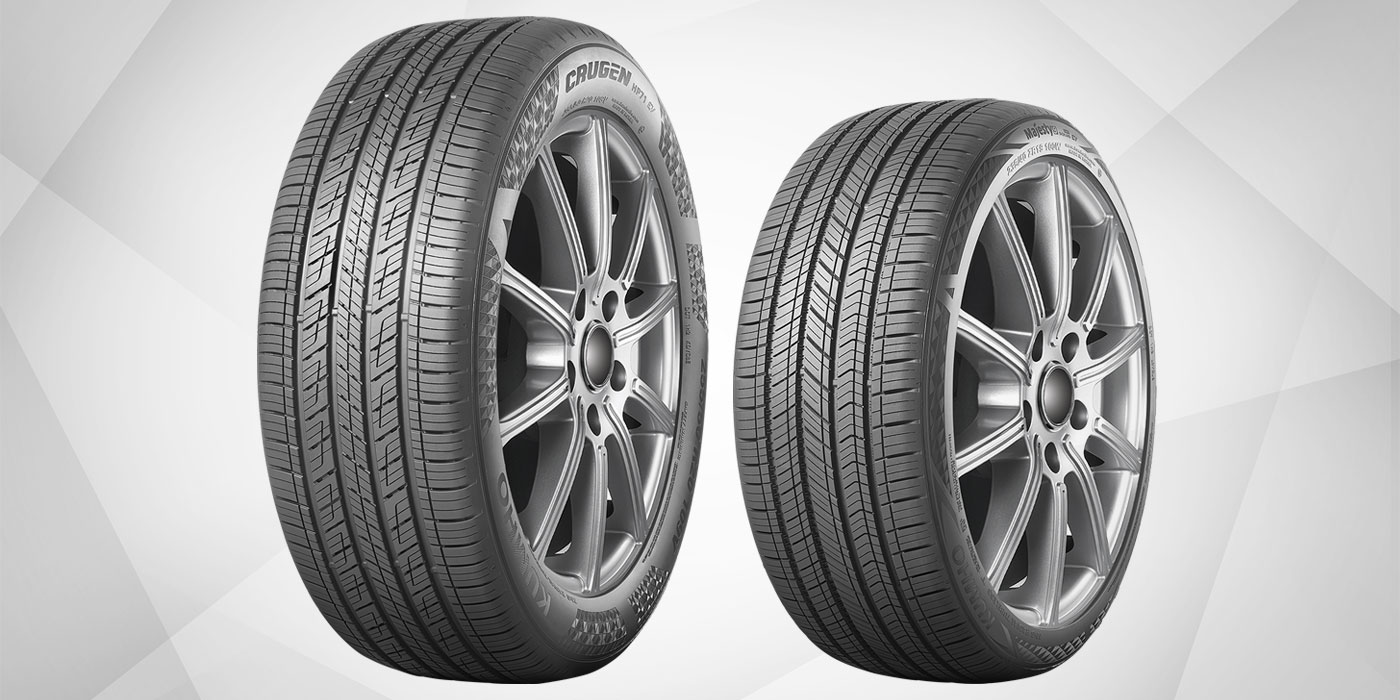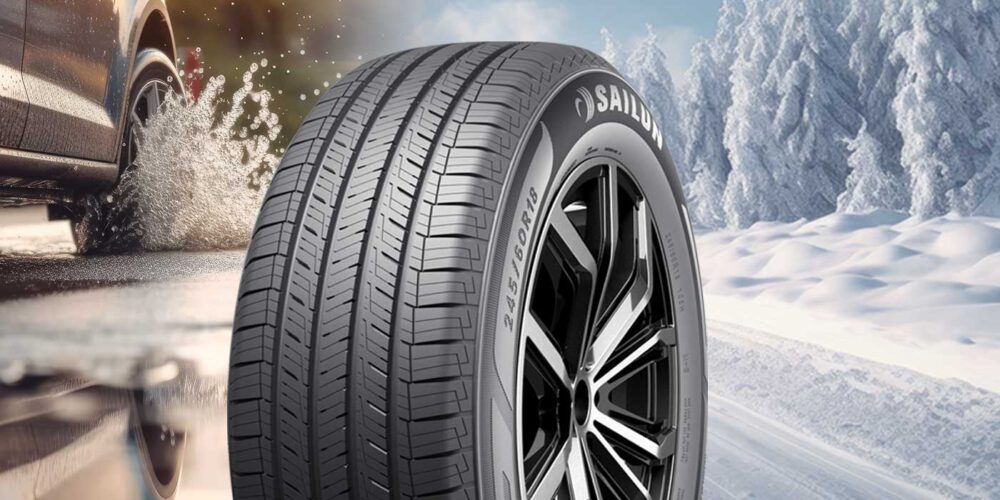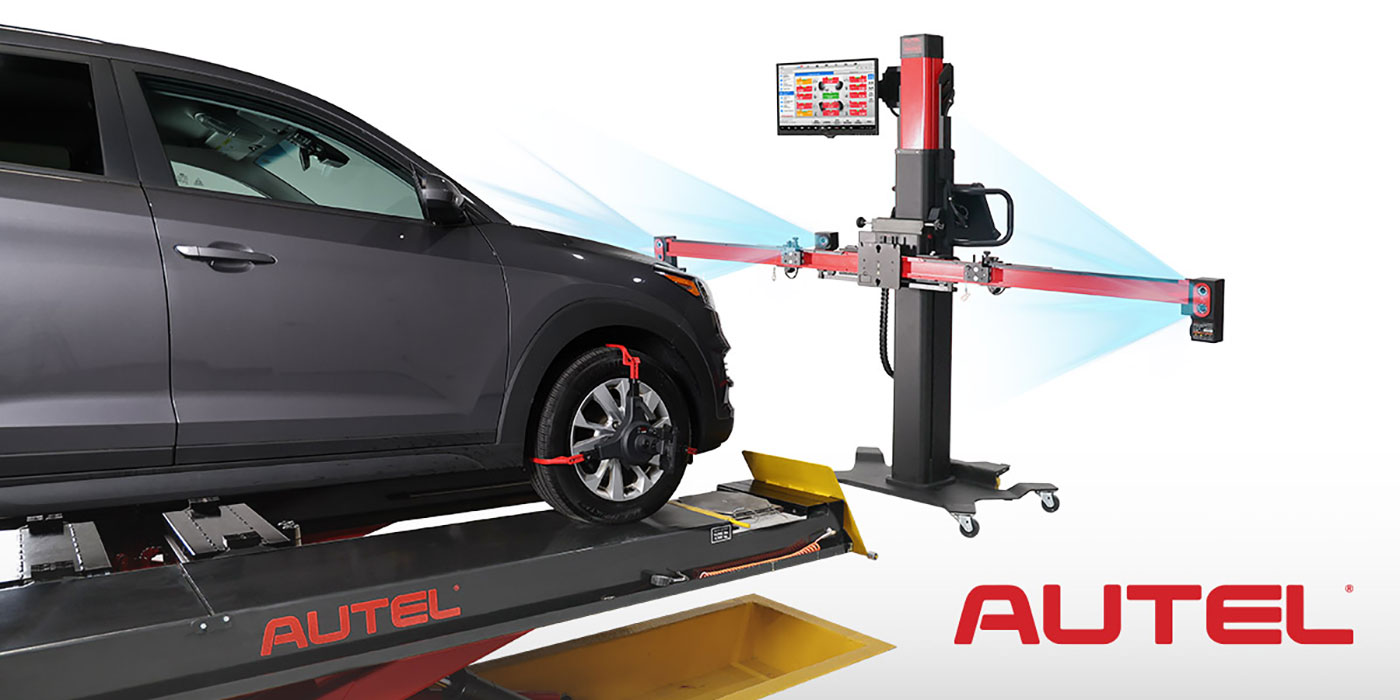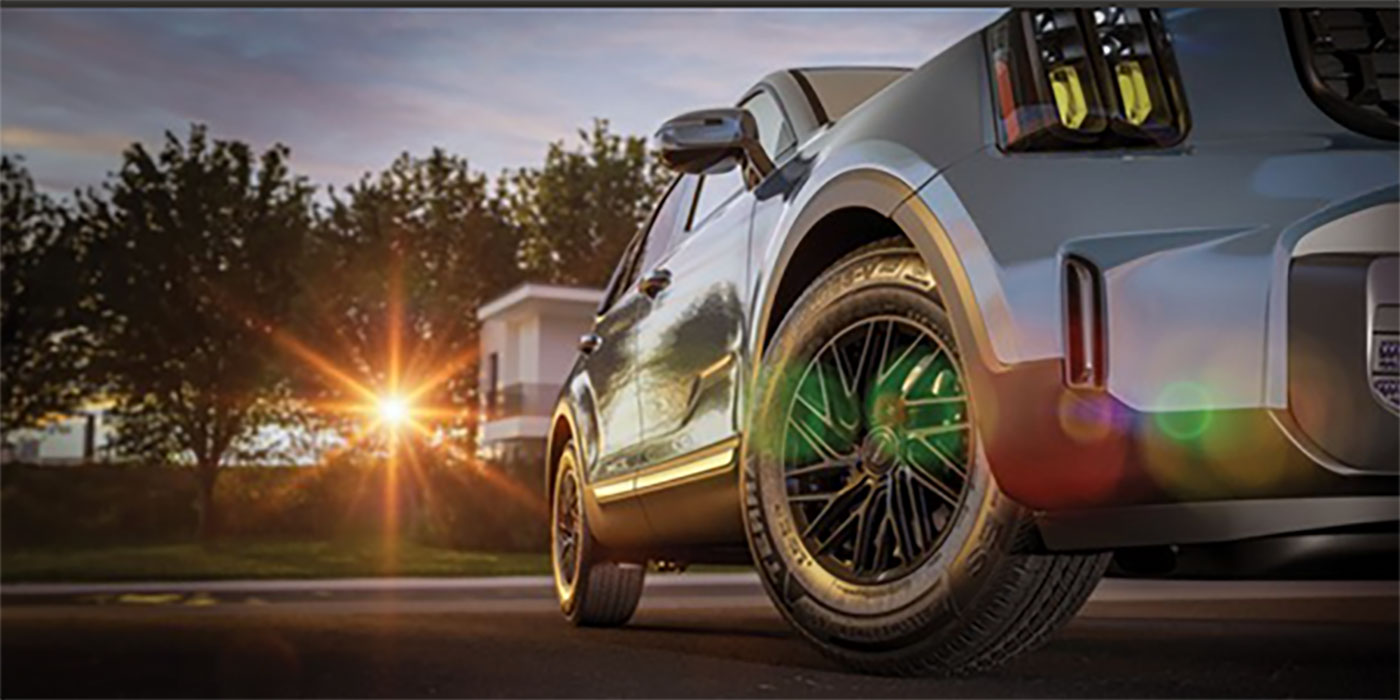Using the Autel ITS600 for TPMS service is just smart business. The ITS600 has a host of other “add-on” tools to provide your customers a detailed examination of their vehicle health by use of the scan report that is easy to read and understand. Let’s dive into the Tire Brake Examiner 200 (or TBE200) used with the ITS600 software. Finally, a modern approach to tire service and customer service recommendation.
The Autel TBE200 is a laser-enabled tire tread depth measurement tool that provides users with quick and accurate wear analysis. It features a 1.65-in. touchscreen to display measurement data in real-time or use the ITS600 software to analyze uneven wear patterns and recommend accurate maintenance service or tire replacement at a new level of customer trust. The analysis is so comprehensive that the software can recommend if a wheel alignment is necessary.
Using the TBE200 is very simple and tech-friendly. Tap “Tire Tread” on the TBE200 to begin measuring tire tread depth. The values will appear on the ITS600 as well as the TBE200. The tread depth data will now integrate with the TPMS-related information on the ITS600. Place the tool on the tire surface ensuring the laser line is perpendicular to the tread of the tire. Wear status is displayed in 32’s as well as color-coded. Green means good, yellow means replacement is recommended, and red indicates immediate replacement recommended.
The TBE200 dual cameras enable users to document tire wear and damage and scan the Tire Identification Number to the ITS600. For new tire sales, you can even scan the new TIN and digitally submit the customer information to the DOT as is now an industry requirement process. This can alert the customer of a tire expiration notice and even tire recalls. The tool can identify uneven wear characteristics when used in the “All check” mode as it will measure the tread depth in three areas of the tire.
The tool can even test the brake disc wear without removing the tires. Select the brake disc icon and place the tool on the disc brake rotor surface ensuring the laser extension line passes through the center of the rim. The screen will display real-time measurement data with 0.1 mm accuracy. Just as with the tread depth, the screen will display a color code along with the measurement of the surface irregularity.
The comprehensive test report that the tools can generate will include TPMS health, tire tread depth, brake disc wear characteristics and repair tips when paired with the ITS600. Detailed replacement and maintenance suggestions are easy to read and understand with some of the results suggesting a tire or brake disc replacement, tire rotation and alignment servicing. The data can be printed and presented on a scan report that can be printed or emailed directly to the customer or generate QR codes for tire tread depth and brake disc measurements to allow for easy report sharing and downloading via mobile phones or tablets.
All this information was done without even removing a tire! In a matter of minutes, you can diagnose a faulty TPMS sensor, uneven tire wear indicating an alignment check is suggested and maybe even some rear rotors that are getting worn. Keeping your customers safe and informed about their vehicle without sacrificing valuable time from your technicians is what separates this tool from the rest.

